Developer Manner gained unanimous planning approval last month from Manchester City Council for its proposals to transform the Hotspur Press site into 595 student bedrooms.
Work would include restoring the historic façade of the original building.
A similar request to list the former Victorian cotton mill was refused by Historic England and the Department for Digital, Culture, Media and Sport in 2019.
Manner was hoping to have contractors on site within months but the project now faces delays or being shelved altogether.
The developer has now launched a campaign to encourage the local community to show its support for the scheme.
Richard James, Managing Director of Manner, said: “This site was assessed by Historic England in 2019 and was not deemed worthy of listing. Following a unanimous planning approval received last month from Manchester City Council, we are in constructive dialogue with Historic England and the City Council.
“Saving this building has always been at the heart of our proposals. Our sensitive approach to the regeneration of The Hotspur Press is the only way to prevent it falling further into disrepair, and we are confident in making this case to Historic England.
“Our plans have always focused on preserving the heritage of this building, including retaining much of the existing brick exterior, iconic signage, and many of the historic features.
“Listing The Hotspur Press will not save The Hotspur Press; it will condemn the future of this wonderful building and its history.”
Stephen Hodder, the architect who designed the scheme, added: “Our plans have been carefully crafted so that the design understands and respects the heritage of the City of Manchester and the importance of buildings like The Hotspur Press.
“The design, heritage commitments and the developer have an unwavering dedication to deliver buildings of the highest architectural integrity, which respect the historical significance of their local areas, yet embrace modern city centre living.
“With this action, listed status could jeopardise the future of the building and mean it lays for many more years in a state of disrepair and disfunction.”





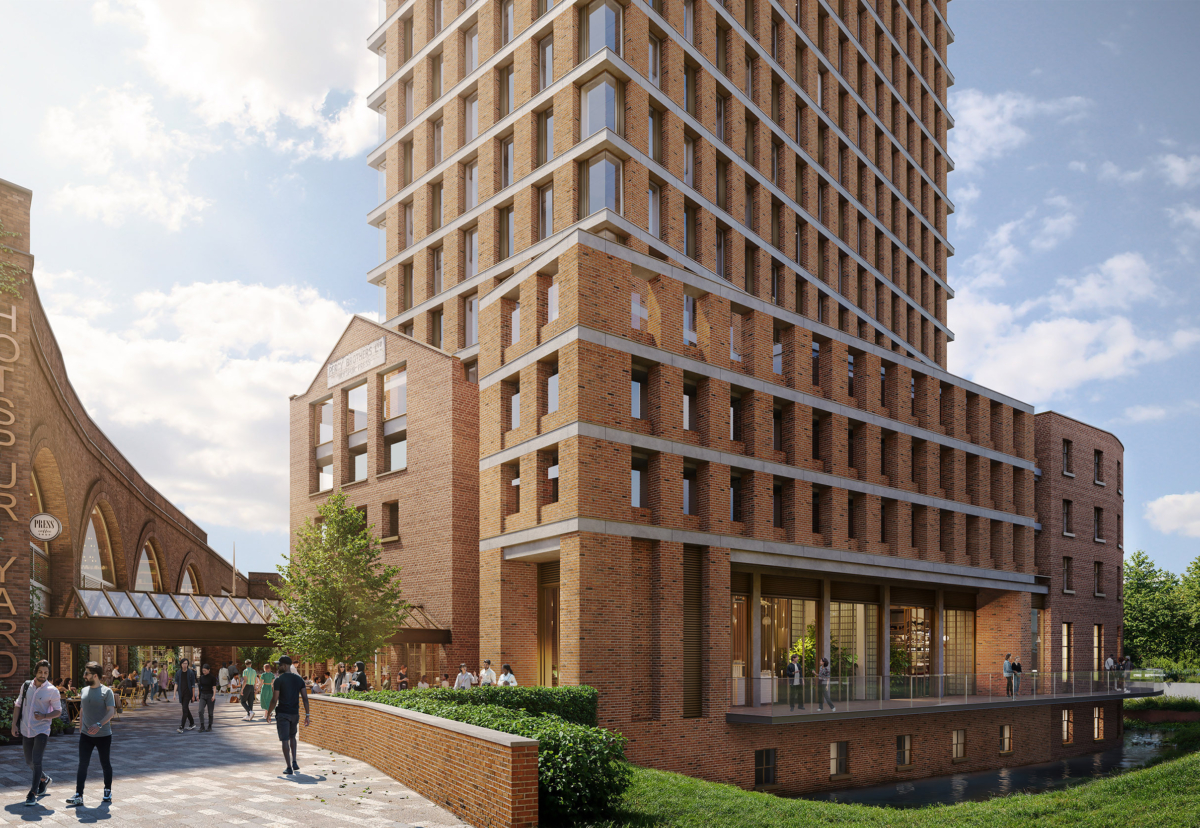
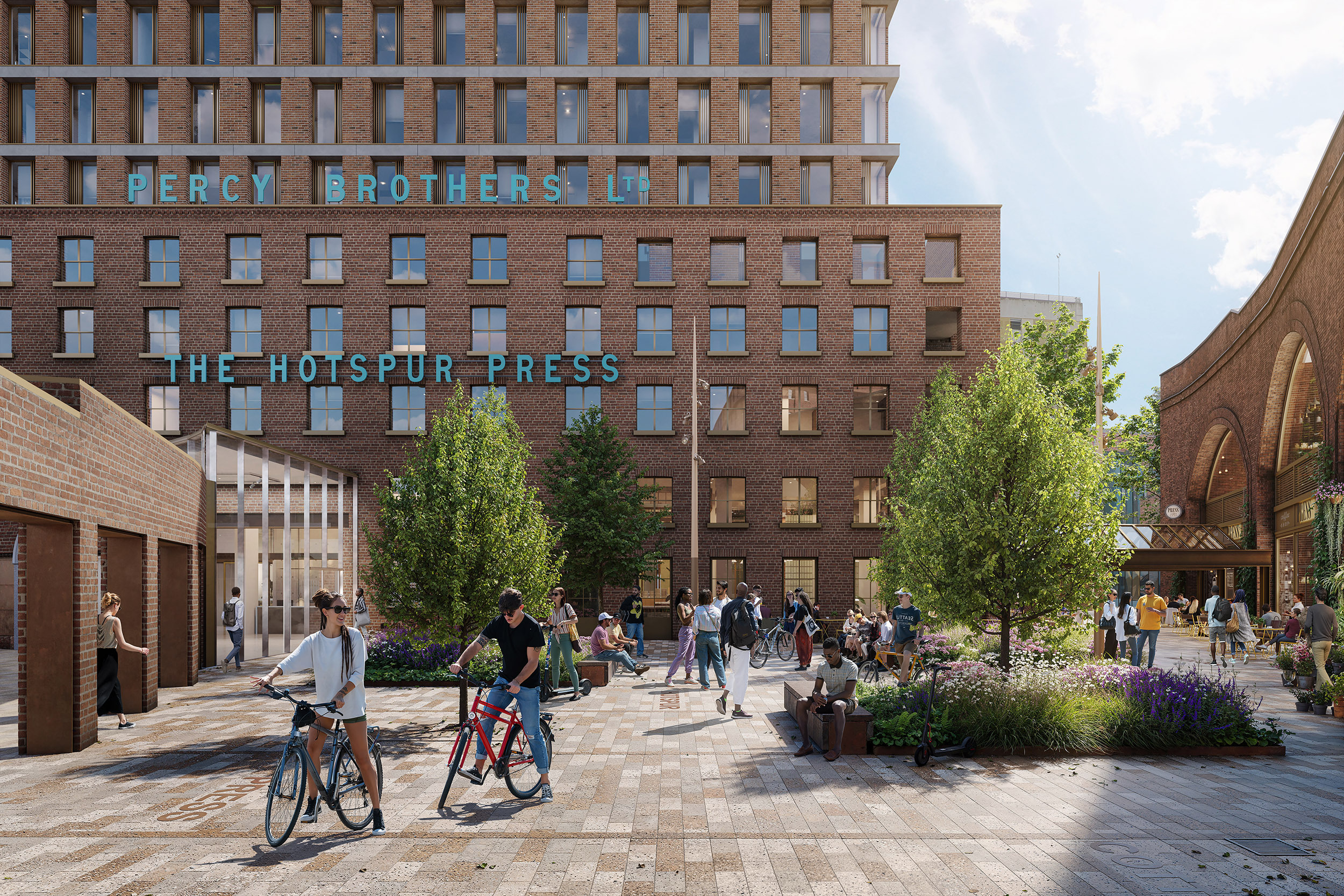
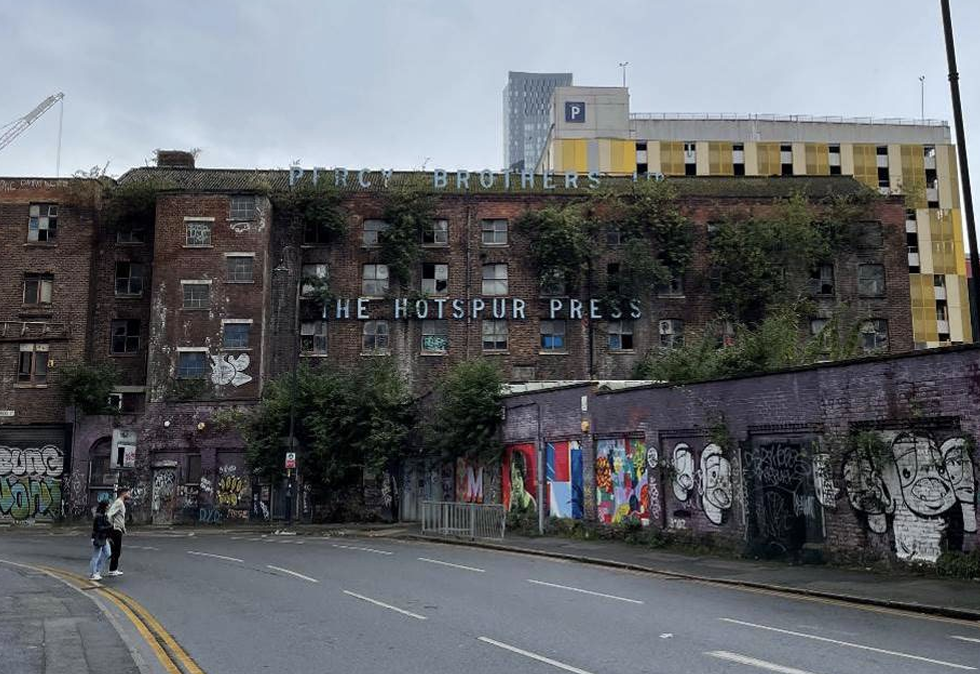
.jpg)





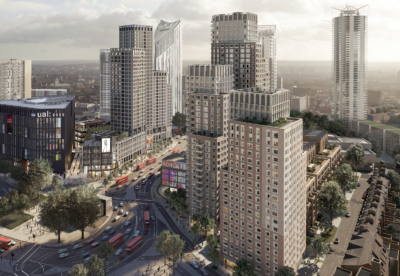
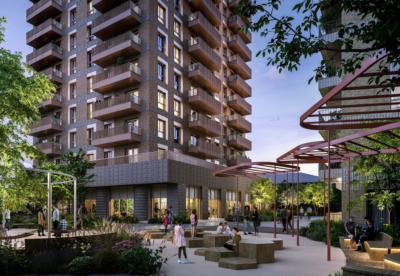

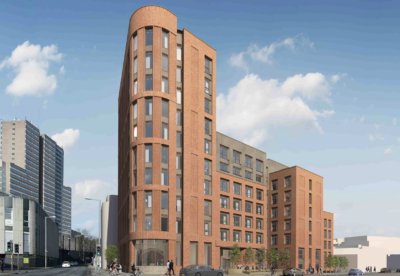



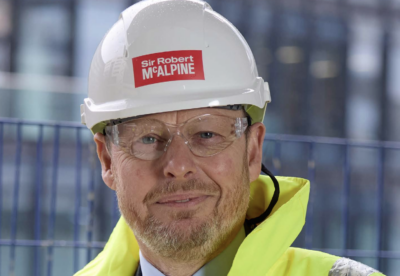

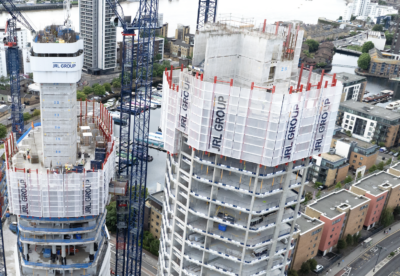
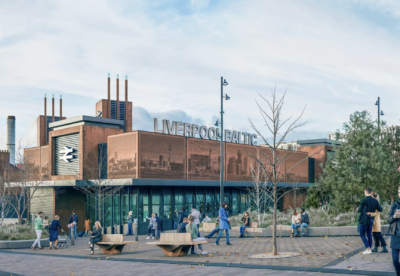



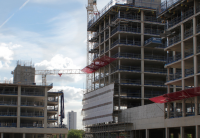
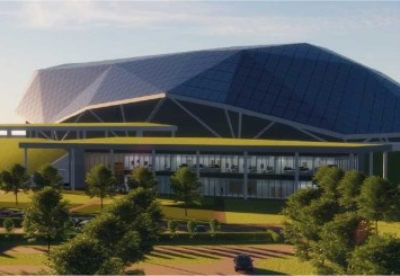


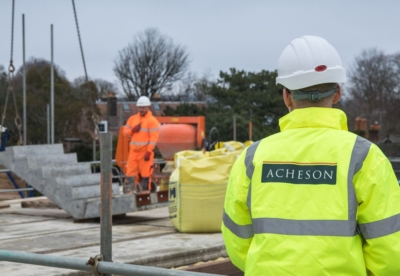
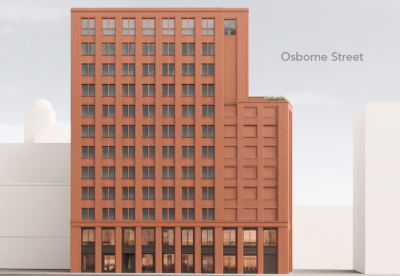



.gif)

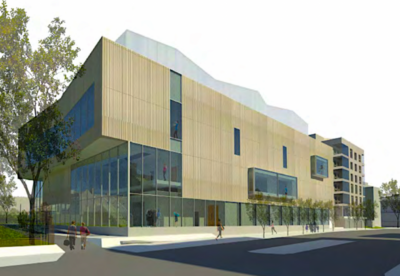
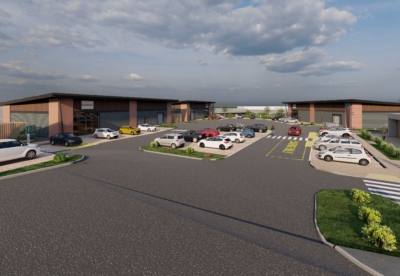
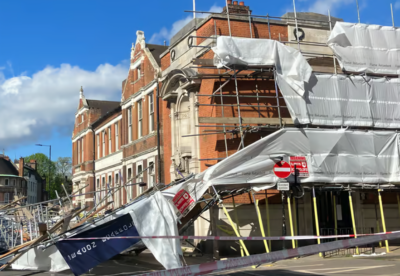


 (300 x 250 px).jpg)











